#mass hysteria
Text
It is absolutely wild to see police tackling baby faced 19 year olds and beating up college professors all while the media keeps repeating these protesters are dangerous antisemites.
#gaza solidarity encampment#campus protests#free speech#boycott divest sanction#free palestine#gaza genocide#palestine#israel palestine#manufacturing consent#police brutality#surveillance state#fascism#globalize the intifada#antisemitism#mass hysteria#the war on terror
47 notes
·
View notes
Text
that booping thing was crazy wasn't it
555 notes
·
View notes
Text
Wouldn’t it be something if the hard right Republicans jamming up Kevin McCarthy’s bid for House Speaker push this debacle so far, moderate Republicans just say, “Fuck it,” and cast their votes with the Democractic nominee, Hakeem Jeffries? I mean it’ll never happen, but wouldn’t it be beautiful?
#us politics#speaker of the house#kevin mccarthy#republicans and democratics living in harmony#mass hysteria
1K notes
·
View notes
Text
I was in a miso soup cult. Our bowl of miso soup almost ran out which caused mass hysteria and then we made more. We were happy.
#dream#text#January 22nd 2023#cult tw#miso soup#miso#soup#mass hysteria#queueueueueueueueueueueueueue#food#food mention#cooking
633 notes
·
View notes
Text

Just wanted to show my CDs collection , I find it pretty cool but still have some to buy tho .
(Don't pay attention to my class sheets behind)
So we've got :
All slipknot albums
All soad's albums
The doors's self titled
Korn : the Greatest hits ; issues (I plan on buying follow the leader)
Orelsan - civilisation (I'm planning on buying la fête est finie )
Stone Sour: self titled; audio secrecy
The strokes : room on fire ( I'm planning on buying the rest of their albums )
Muse : showbiz; origin of symmetry and the resistance (literally my childhood's album) (I'm planning on buying absolution, black holes and revelation and drones )
Nothing but thieves: dead club city , broken machine and self titled (I want moral panic so baaaad )(but I have it in vinyl )
Royal blood : I have all of them except the last one that I wanna buy too
Nirvana : unplugged in New York, in utero , nevermind and incesticide (I'm planning on buying the self titled and the first one)
Mass hysteria: matière noir and tenace pt1 and pt2
And then : song for the deaf - queen of the stone age
The fear of fear - spiritbox
Reign in blood - slayer
Amo - bring me the horizon
#music#nu metal#metal#metalcore#brit rock#french metal#rap#muse#nothing but thieves#royal blood#nirvana#the doors#system of a down#korn#orelsan#mass hysteria#slipknot#the strokes
54 notes
·
View notes
Photo
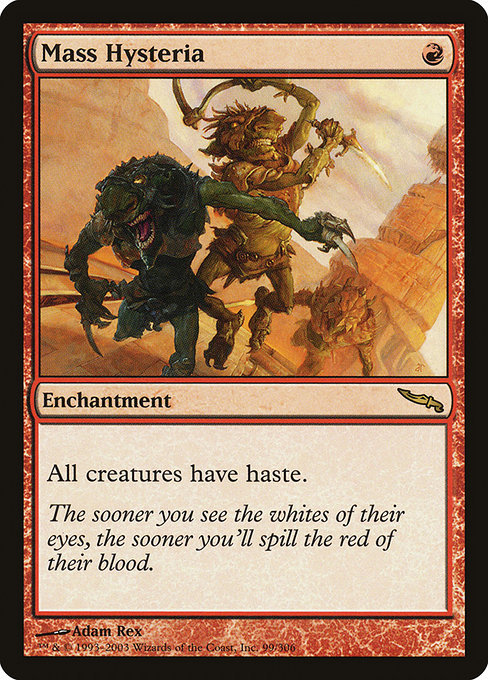
Mass Hysteria
The sooner you see the whites of their eyes, the sooner you'll spill the red of their blood.
Artist: Adam Rex
TCG Player Link
Scryfall Link
EDHREC Link
20 notes
·
View notes
Text
By: Andrew Doyle
Published: Apr 8, 2024
One of my shortest-lived jobs was as a teacher at a school for girls near Sloane Square in London. I resigned after just two weeks because the headmistress was a religious zealot who had objected to me teaching a text which featured a gay character. In my resignation letter, I explained that I wasn’t prepared to work at a school which fostered such antediluvian attitudes. I stayed on to finish the term, but was delighted when I eventually made my escape.
I had previously worked at a boys’ school, and I soon noticed that there were some broad differences that manifested in an all-female environment. One of the most concerning was that many of the girls were engaged in what can only be described as competitive starvation. During lunch duties, I was warned to keep an eye out for pupils who had taken just a single lettuce leaf from the salad bar. If I saw any girl doing so, I was told I must immediately intercept her and demand that she return and fill her plate.
My first teaching post had been at a co-ed school in which cutting one’s own skin was the fashion. We even had a visiting expert telling us how to encourage these pupils to hold ice cubes in their hands until they felt shooting pains as a substitute for the razor. I remember at the time thinking that this wasn’t the best advice, but I was too green to raise an objection. Besides, this speaker had spent a considerable part of the session reminiscing about a shepherd she had once counselled who had, over the course of many months on the hillside, used a sharp wire to whittle his penis so that it eventually became forked. To this day, I am none the wiser as to the purpose of this anecdote.
But the shift from cutting to starvation was striking. At the former school, pupils were not refraining from food, and at the latter there were very few who were injuring themselves with blades. It was almost as though only one form of self-harm could predominate at any given time. And when a small group started doing it, the trend spread with remarkable rapidity. I hadn’t seen an equivalent back when I was teaching boys.
I have since learned that social contagions are especially common among teenage girls, and that there are numerous historical precedents for this. I have written elsewhere about the Salem witch trials of 1692-93, in which a group of girls began seeing demons in the shadows and accusing members of their own community of being in league with the Devil. Then there were the various “dancing plagues” of the middle ages which seemed to impact young women in particular. In 1892, girls at a school in Germany began to involuntarily shake their hands whenever they performed writing exercises. And when I visited Sweden last year, I was told about a local village where, during the medieval period, the girls all inexplicably began to limp.
It's perfectly clear that the latest social contagion to take hold in the western world is that of girls identifying out of their femaleness, either through claims that they are trans or non-binary. Whereas in 2012, there were only 250 referrals (mostly boys) to the NHS’s Gender Identity Development Service (GIDS), by 2021 the figure had risen to more than 5,000 (mostly female) patients. Gender activists like to claim that this is simply the consequence of more people “coming out” as society becomes more tolerant, and at the same time insist that it has never been a worse time to be trans. Consistency is not their strong suit.
Of course there are no easy answers as to the explosion of this latest fad, but surely the proliferation of social media has something to do with it. Platforms such as TikTok are replete with activists explaining to teenagers that their feelings of confusion are probably evidence that they have been “born in the wrong body”. For pubescent girls who are uncomfortable with their physiological changes, as well as sudden unwanted male sexual attention, the prospect of identifying out of womanhood makes complete sense. These online pedlars have some snake-oil to sell. And while a limping epidemic in a medieval village would be unlikely to spread very far, social contagions cannot be so confined in the digital age.
Much of this is reminiscent of the recovered memory hysteria of the late twentieth-century, when therapist cranks promoted the idea that most victims of sexual abuse had repressed their traumatic memories from childhood. It led to numerous cases of people imagining that they had been abused by parents and other family members, and many lives were ruined as a result. One of the key texts in this movement was The Courage to Heal (1988) by Ellen Bass and Laura Davis, which made the astonishing and unevidenced claim that “if you are unable to remember any specific instances… but still have a feeling that something abusive happened to you, it probably did”.
A common feature of social contagions is that they depend upon the elevation of intuition over material reality. Just as innocent family members were accused of sexual abuse because of “feelings” teased out by unscrupulous therapists, many girls are now being urged by online influencers to trust the evidence of their emotions and accept a misalignment between their body and their gendered soul. We are not talking here about the handful of children who suffer from gender dysphoria, but rather healthy children who have been swept up in a temporary craze.
Activists have been quick to demonise the entire notion of “social contagion” as a “transphobic talking point”, but the evidence for it is now indisputable. The review into paediatric gender treatment by Dame Hilary Cass is due to be published this Wednesday, and is likely to include recommendations that schools stop the “social transitioning” of children. The interim review had already pointed out that enabling pupils to adopt alternative names, pronouns and dress codes was “not a neutral act”. And there is mounting evidence that such an approach consolidates a child’s psychological conceptualisation of herself as a member of the opposite sex. While social transitioning is seen as compassionate, in reality is causes long-term harm.
It would seem that teenage girls will always be prone to these social contagions, but some are more damaging than others. Whereas limping and dancing and trembling can be overcome, the lifelong impact of puberty blockers, cross-sex hormones and surgery will not be so transient. Let’s hope this particular hysteria soon goes the way of all the others.
#Andrew Doyle#gender identity#social contagion#mass psychogenic illness#hysteria#mass hysteria#born in the wrong body#metaphysics#gender thetans#gendered souls#religion is a mental illness
9 notes
·
View notes
Text
April 12, 2024
Bennett Braun, a Chicago psychiatrist whose diagnoses of repressed memories involving horrific abuse by devil worshipers helped to fuel what became known as the “satanic panic” of the 1980s and ’90s, died on March 20 in Lauderhill, Fla., north of Miami. He was 83.
Jane Braun, one of his ex-wives, said the death, in a hospital, was from complications of a fall. Dr. Braun lived in Butte, Mont., but had been in Lauderhill on vacation.
Dr. Braun gained renown in the early 1980s as an expert in two of the most popular and controversial areas of psychiatric treatment: repressed memories and multiple personality disorder, now known as dissociative identity disorder.
He claimed that he could help patients uncover memories of childhood trauma — the existence of which, he and others said, were responsible for the splintering of a person’s self into many distinct personalities.
He created a unit dedicated to dissociative disorders at Rush-Presbyterian-St. Luke’s Medical Center in Chicago (now Rush University Medical Center); became a frequently quoted expert in the news media; and helped to found what is now the International Society for the Study of Trauma and Dissociation, a professional organization of over 2,000 members today.
It was from that sizable platform that Dr. Braun publicized his most explosive findings: that in dozens of cases, his patients discovered memories of being tortured by satanic cults and, in some cases, of having participated in the torture themselves.
He was not the only psychiatrist to make such a claim, and his supposed revelations keyed into a growing national panic.
The 1980s saw a vertiginous rise in the number of people, both children and adults, who claimed to have been abused by devil worshipers. It began in 1980 with the book “Michelle Remembers,” by a Canadian woman who said she had recovered memories of ritual abuse, and spiked following allegations of abuse at day care centers in California and North Carolina.
Elements of pop culture, such as heavy metal music and the role-playing game Dungeons and Dragons, were looped in as supposed entry points for cult activity.
Such stories were fodder for popular TV formats that reveled in the salacious, including talk shows like “Geraldo” and newsmagazines like “Dateline,” which broadcast segments that promoted such claims uncritically.
The psychiatric profession bore some responsibility for the growing panic, with respected researchers like Dr. Braun giving it a gloss of authority. He and others ran seminars and distributed research papers; they even gave the phenomenon a quasi-medical abbreviation, S.R.A., for satanic ritual abuse.
Dr. Braun’s inpatient unit at Rush became a magnet for referrals and a warehouse for patients, some of whom he kept medicated and under supervision for years
Among them was a woman from Iowa named Patricia Burgus. After interviewing her, Dr. Braun and a colleague, Roberta Sachs, claimed not only that she was the victim of satanic ritual abuse, but also that she herself was a “high priestess” of a cult that had raped, tortured and cannibalized thousands of children, including her two young sons.
Dr. Braun and Dr. Sachs sent Mrs. Burgus and her children to a mental health facility in Houston, where they were held apart for nearly three years with minimal contact with the outside world.
By then Mrs. Burgus, heavily medicated, had come to believe the doctors, telling them she recalled torches, live burials and eating the body parts of up to 2,000 people a year. After her parents served her husband meatloaf, she had him get it tested for human tissue. The tests came back negative, but Dr. Braun was not convinced.
Dr. Braun kept other patients under similar conditions at Rush or elsewhere. He persuaded one woman to have an abortion because, he convinced her, she was the product of ritualistic incest; he persuaded another to undergo tubal ligation to prevent having more children within her supposed cult.
The satanic panic began to wane in the early 1990s. A 1992 F.B.I. investigation found no evidence of coordinated cult activity in the United States, and a 1994 report by the National Center on Child Abuse and Neglect surveyed over 12,000 accusations of satanic ritual abuse and found that not a single one held up under scrutiny.
“The biggest thing was the lack of corroborating evidence,” Kenneth Lanning, a retired F.B.I. agent who wrote the 1992 report, said in a phone interview. “It’s the kind of crime where evidence would have been left behind.”
Many people distanced themselves from their earlier enthusiasms; in 1995, Geraldo Rivera apologized for an episode of his show that covered the falsehood. However, even in 1998, the NBC series “Dateline” ran an episode claiming to show widespread satanic activity in Mississippi.
Mrs. Burgus sued Rush, Dr. Braun and her insurance company over claims that he and Dr. Sachs had implanted false memories in her head. They settled out of court in 1997 for $10.6 million.
“I began to add a few things up and realized there was no way I could come from a little town in Iowa, be eating 2,000 people a year, and nobody said anything about it,” Mrs. Burgus told The Chicago Tribune in 1997.
A year later Dr. Braun’s unit at Rush was shut down, and the Illinois medical licensing board opened an investigation into his practices. In 1999, he received a two-year suspension of his license — though he did not admit wrongdoing.
Bennett George Braun was born on Aug. 7, 1940, in Chicago, to Thelma (Gimbel) and Milton Braun. His father was a professor of orthodontics at Loyola University. He graduated from Tulane University with a bachelor’s degree in psychology in 1963 and earned a master’s in the same subject in 1964. He received his medical degree from the University of Illinois in 1968.
Dr. Braun was married three times. His marriages to Renate Deutsch and Mrs. Braun both ended in divorce. His third, to Joanne Arriola, ended in her death. He is survived by five children and five grandchildren.
After temporarily losing his medical license in Illinois, Dr. Braun moved to Montana, where he received a new state license and opened a private practice.
But in 2019, one of his patients, Ciara Rehbein, sued him for overprescribing medication that left her with a permanent facial tic. She also filed a complaint against the Montana Board of Medical Examiners for allowing him a license, despite knowing his past.
Dr. Braun lost his license to practice medicine in Montana in 2020.
#good riddance#psychology#psychiatry#satanic panic#mass hysteria#us history#bennett braun#psychiatric abuse#my stuff
8 notes
·
View notes
Text

how is everyone, mentally?
#gaslight gatekeep girlboss#lana del ray aesthetic#coquette aesthetic#female manipulator#femcel#coquette#asylum#coquette girl#female hysteria#i hate men#insane#lana del ray aka lizzy grant#actually psychotic#lovesick#mommy issues#toxic boyfriend#manipulative boyfriend#obsession#mass hysteria#yandere#mental health#vent blog
271 notes
·
View notes
Text
2023 Reading Log, pt. 15
I am behind on my writeups: the last book here I read the week of Thanksgiving!

71. The Body Fantastic by Frank Gonzalez-Crussi. This book made for a surprisingly relevant pivot from Cult of the Dead, as it starts with talking about how Christianity has made a long history from denying and denigrating the flesh. This book is a miscellany of odd medical trivia and historical beliefs about the human body, from wandering wombs to the curative power of saliva. As someone who’s read a lot of medical history books, this one didn’t stand out so much to me, but it would probably be a good starting point for someone looking to learn some of the odder highways and byways of how people have thought about bodies. The author’s sensibilities are philosophical, leaning mystical, and his personality shines through. This is particularly true in matters of food and drink—he feels disgust over eating competitions having gone hungry in his youth, for example.

72. Eight Bears by Gloria Dickie. As the name suggests, this book covers all of the extant bear species, although more from a cultural and conservation perspective than evolution or ecology. The author travels around the world in an attempt to see all of the bears in the wild, or at least in local captivity (such as going to a panda preserve in China). I think the book’s strongest chapters are the ones in South Asia, where she sees how in India, humans and sloth bears are being pressed into conflict through land use, and the waning in visibility but still strong market in bear bile in Vietnam. I was also pretty surprised about the chapter closest to home—how the black bears in Yosemite National Park were outright fed by park management for decades as a tourist attraction before the realization that, wait, getting large strong omnivores used to associating humans with food is a bad decision.

73. The Delusions of Crowds by William J. Bernstein. This is an odd one. It poses itself essentially as a sequel to Charles Mackay’s Memoirs of Extraordinary Popular Delusions and the Madness of Crowds, a book about mass hysteria and fads from the 1840s. It narrows down Mackay’s wide scope to two major domains—economic bubbles and millenialist religion, and then progresses in a roughly chronological order. The problems are two fold. One, the narrative never really draws much linkage between these two types of “delusions of crowds”, leaving the book feeling disjointed. Second, the author assumes a lot about the reader’s background in economics (possibly because he’s an economist himself), so the explanations of the exact financial chicanery involved in the various bubbles are not always fully comprehensible. I wanted to like this book a lot more than I actually did.

74. Spirit Beings in European Folklore 2 by Benjamin Adamah. The second of four volumes, this covers primarily north-central and north-east Europe. Germany, Finland and the Netherlands get the most attention. The monsters contained within include a lot of house and field spirits, as well as many variations of alps and other sleep paralysis monsters. Again, what monsters the author decides fall into his category of “spirit beings” and which ones don’t is somewhat arbitrary. Tatzelwurms and stollenwurms, for example, are listed, even when more traditional dragons are not. I also think that the author needs to be more careful with their word choice, and/or spend more time studying folklore as a whole. For example, the book talks about the spoukhoas, a ghostly hare from the Netherlands. It talks about the spoukhoas as being a “were-hare”, despite the only lycanthrope-like trait in the entry being its vulnerability to silver… which is not universal to werewolves, and only became inexorably linked to werewolves due to Hollywood. No references to being a person at all!

75. Saurian: A Field Guide to Hell Creek by Tom Parker, Chris Mansa and RJ Palmer. This is an art book, tied into the Saurian video game in which you play as a dinosaur. As such, the book takes an in depth look at the habitat represented by the game, and discusses the flora and fauna of the late Maastrichian South Dakota. The book is, of course, gorgeous. Both in terms of the dinosaur reconstructions and the landscapes, this makes a wonderful coffee table book. This might sound like an odd complain for a coffee table book based on a video game, but I do wish it had a bibliography. The book talks a lot about specific diets and habitat preferences of the animals within, and I want to have some sort of a guide to sorting out what’s supported by evidence, and what’s creative license.
#reading log#dinosaurs#paleontology#saurian#monster book#mass hysteria#economics#anatomy#history of science#bears#wildlife conservation
9 notes
·
View notes
Text
Fuckin Mental Hospital Patients!🤮
15 notes
·
View notes
Note
shuffle your favorite playlist and post the first five songs that come up. then copy/paste this ask to your favorite mutuals <3

Thank you all !!! Ily ❤️✨
Dethrone -bad omens
First it giveth - queen of the stone age
Let's get this party started - KoRn
Encore sous pression - mass Hysteria
Can you afford to be an individual ? - nothing but thieves
BYOB - system of a down
People = shit - slipknot
(I put seven songs because I'm indecisive)
7 notes
·
View notes
Text

9 notes
·
View notes
Text

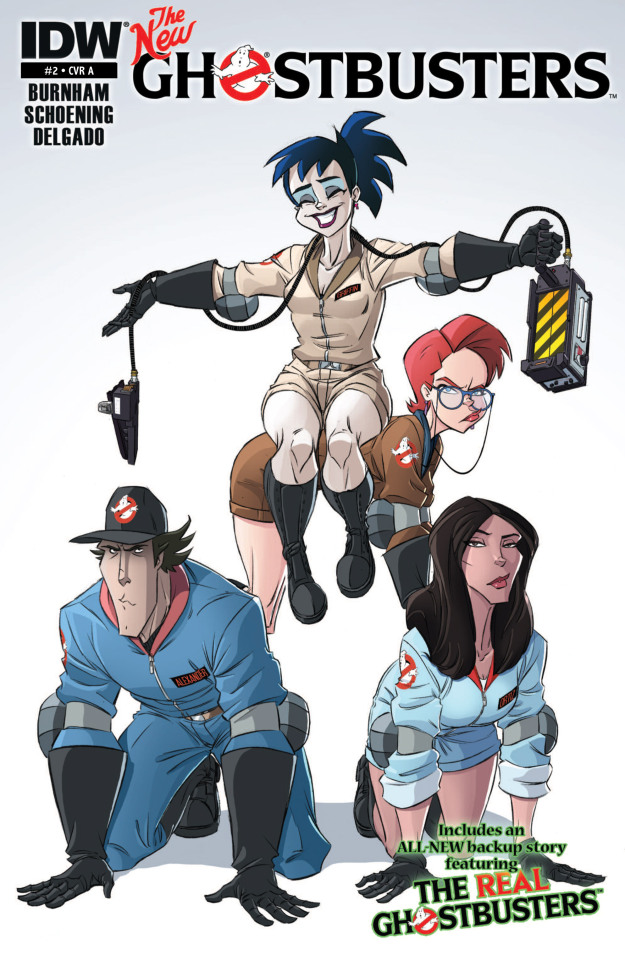









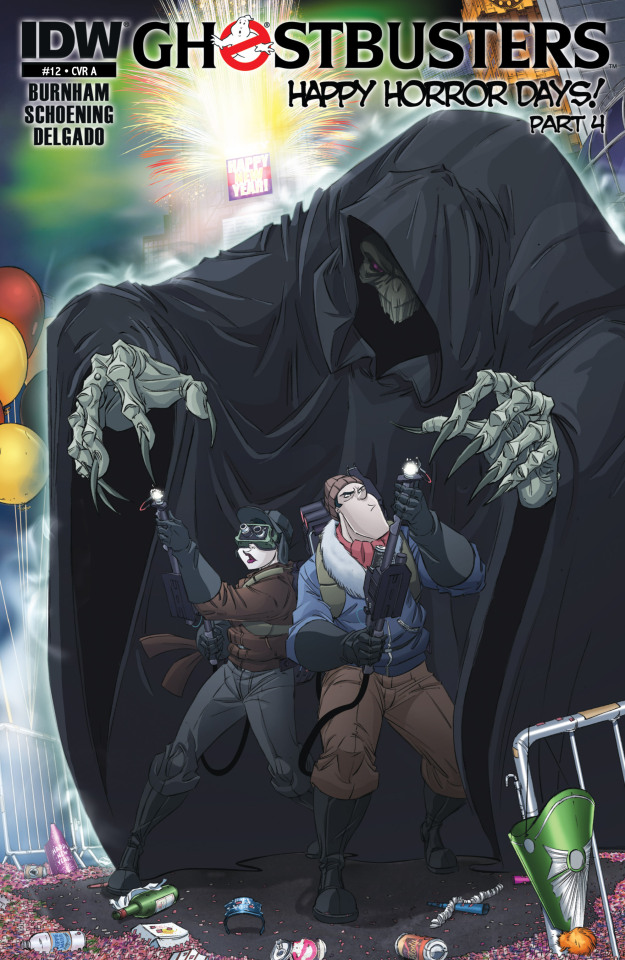





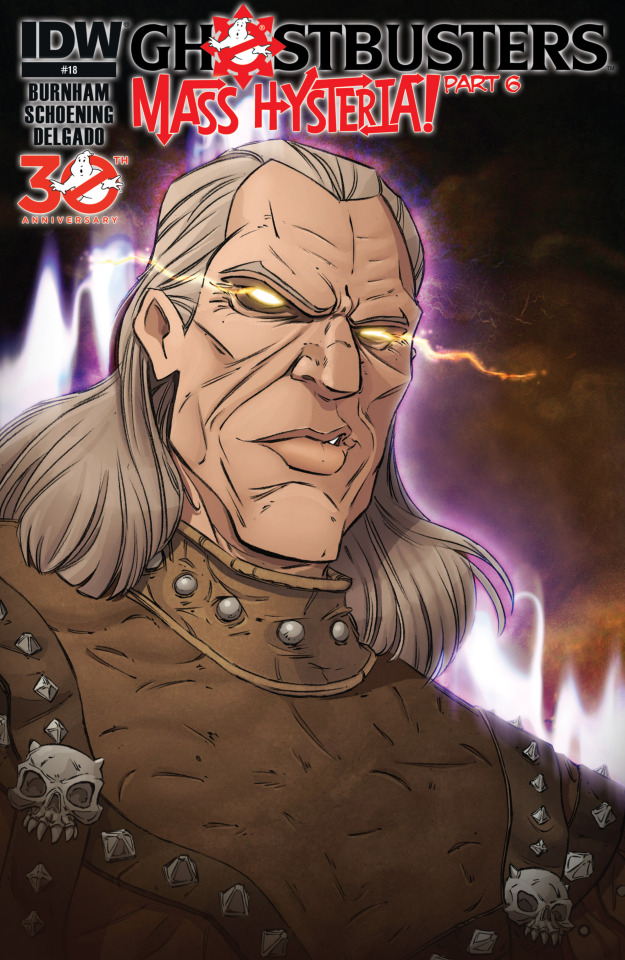
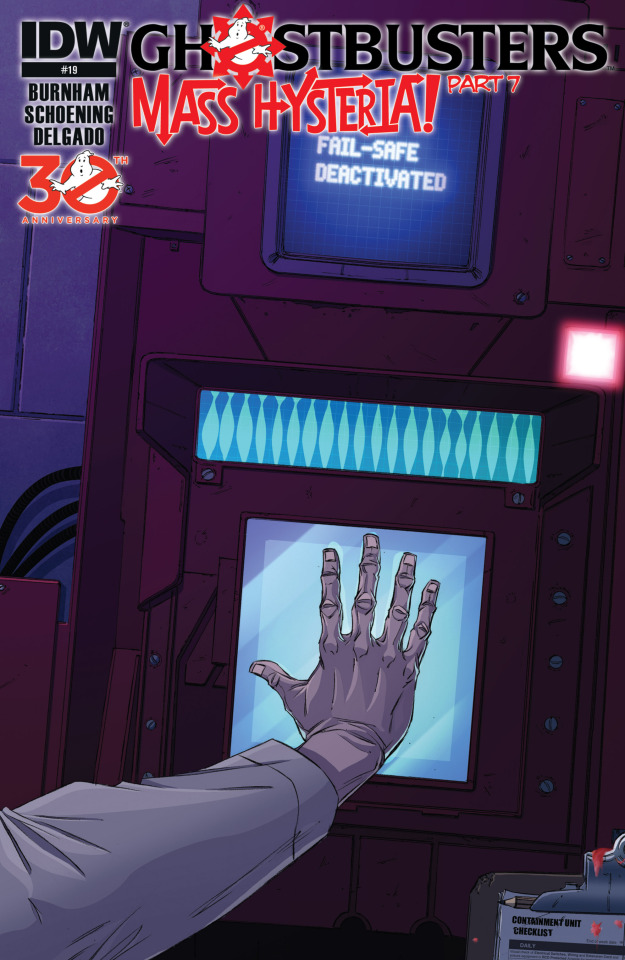

GHOSTBUSTERS VOL. 2 #1-20
2013-2014
By Erik Burnham, Dan Schoening, Luis Antonio Delgado, Andrew Harmon, Evan Shaner, Samuel Plata, Blair D. Shedd, Felipe Torrent, Ester Salguero, Erik Evensen and Neil Uyetake

The original Ghostbusters disappear and it is up to a new team to fill up the void left by their absence.
But upon their return, things start acceleration into a conflict between two Sumerian deities that could require a human sacrifice... from the heart of the team.
SCORE: 8
While the quality of this volume is similar to the first one, I have to say that my level of engagement with it suffered from time to time, especially in the first half of it. And the only thing I can really point out for it, is that the original team stopped being together most of the time. One obvious reason was the marriage of Winston... an essential distraction for this story to work as a whole.
Some classic characters left out from the first volume, like Louis and Dana come back... but to me, who still hasn't read all the pre-volume one mini-series, the reasons for them being away are a bit mysterious. They do explain why they happened, but I felt like I was missing backstory with them.
Overall the story wasn't as consistent in engagement as the first volume, but it does provide some cool moments you will remember.
As for the art, there are a bit more guest artists in this volume, right around the time my interest was waning. At this point I think Dan Schoening is a must have for this book. His style may be cartoonish (as in editorial cartoons), but you get the idea immediately of who he is drawing.
Next stop for the Ghostbusters will be their crossover with the TMNT, which I already covered in this blog.
#comics#review#post modern age#idw publishing#ghostbusters#idw comics#dan schoening#2013#2014#mass hysteria
9 notes
·
View notes